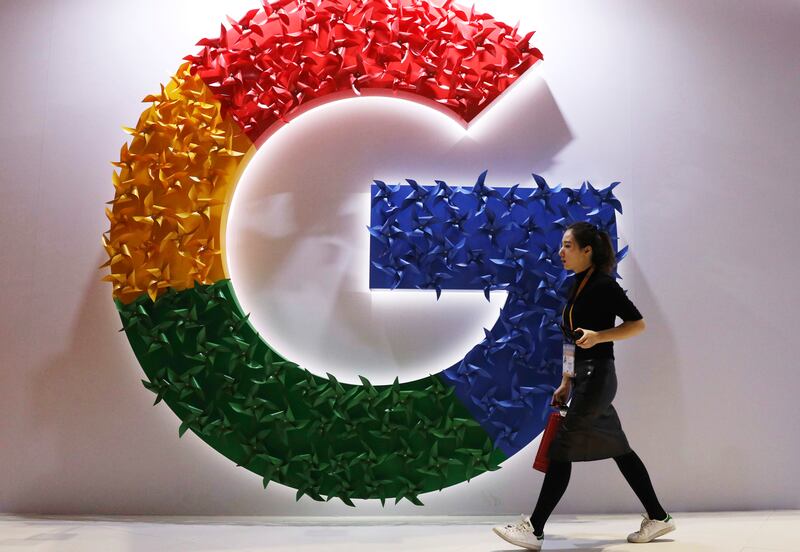Untimely and unexpected internet ads can be more than just minor annoyances. Pop-up promos for weight loss programs hit those with body image issues especially hard, as do ads about betting sites for people trying to overcome gambling addictions. Attempts at luring lonely folks to dating apps or offering pregnancy or parenting tips to couples with fertility challenges can also turn innocuous sales pitches into deeply hurtful moments.
Here’s the news: With just those scenarios in mind, Google recently announced new user controls aimed at limiting advertising that appears when using Google-owned services like YouTube and Gmail. While Google previously offered ad limitation options for gambling and alcohol ads on its YouTube platform, the search giant just added additional options that let users also limit advertising for topics including pregnancy and parenting, weight loss and dating as well as alcohol and gambling.
“People want more control over their ads experience, including blocking ads or categories they prefer not to see,” Karin Hennessy, the group product manager for ads privacy at Google, said in a statement to TechCrunch. “Providing transparency and control has always been a priority for us so we’re expanding our tools, enabling the choice to see fewer pregnancy and parenting, dating, and weight loss ads. We’ll continue to listen to user feedback and study which categories to expand this feature to in the future.”
Why it matters: Google, which makes money in part by showing you ads based on your search history and other online behavior, has come under fire for targeting people with family- or body-related ads they’d rather not see, the Washington Post reports. Facebook has settings that filter ads about certain sensitive topics, but until now Google users had little recourse. In December 2020, Google started letting people in the United States opt out of ads on YouTube that feature alcohol or gambling. Now, people worldwide can opt out of alcohol and gambling ads, as well as ads in the newly announced categories across Google’s ad ecosystem.
Better, but not perfect: The controls will not impact ads that show up on searches and, per the Washington Post, they also don’t limit what data Google collects from users. Some types of targeted ads are against Google’s policies anyway. For example, the company says it forbids advertisers from targeting people based on health conditions including mental health, although it does allow pharmaceutical manufacturers to advertise in the United States, per its ad policies.
How to set your own controls: Users can access the new ad visibility controls from their Google account dashboard within Ad Settings. Scrolling down will reveal the “Sensitive ad categories” section, which includes five topics such as alcohol, dating, gambling, pregnancy/parenting and weight loss.
Per AndroidHeadlines, users will then have to click on the “see fewer” button next to the topic they don’t want to see. Google will send an email notifying users that they’ll see fewer ads for the topic(s). But there’s a caveat here. Google says users may continue to see ads belonging to some of the chosen categories while searching for related content. It’s also important to remember that these changes will take effect only when the user is signed onto their Google account.


